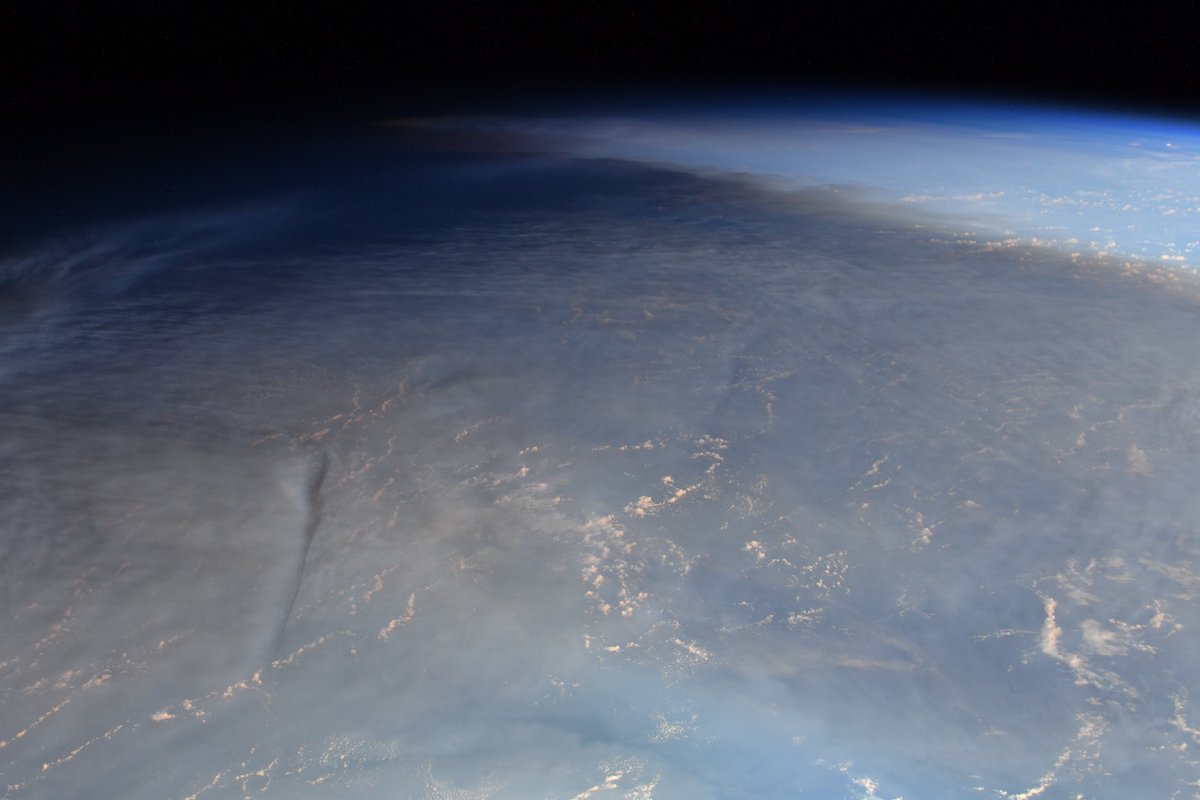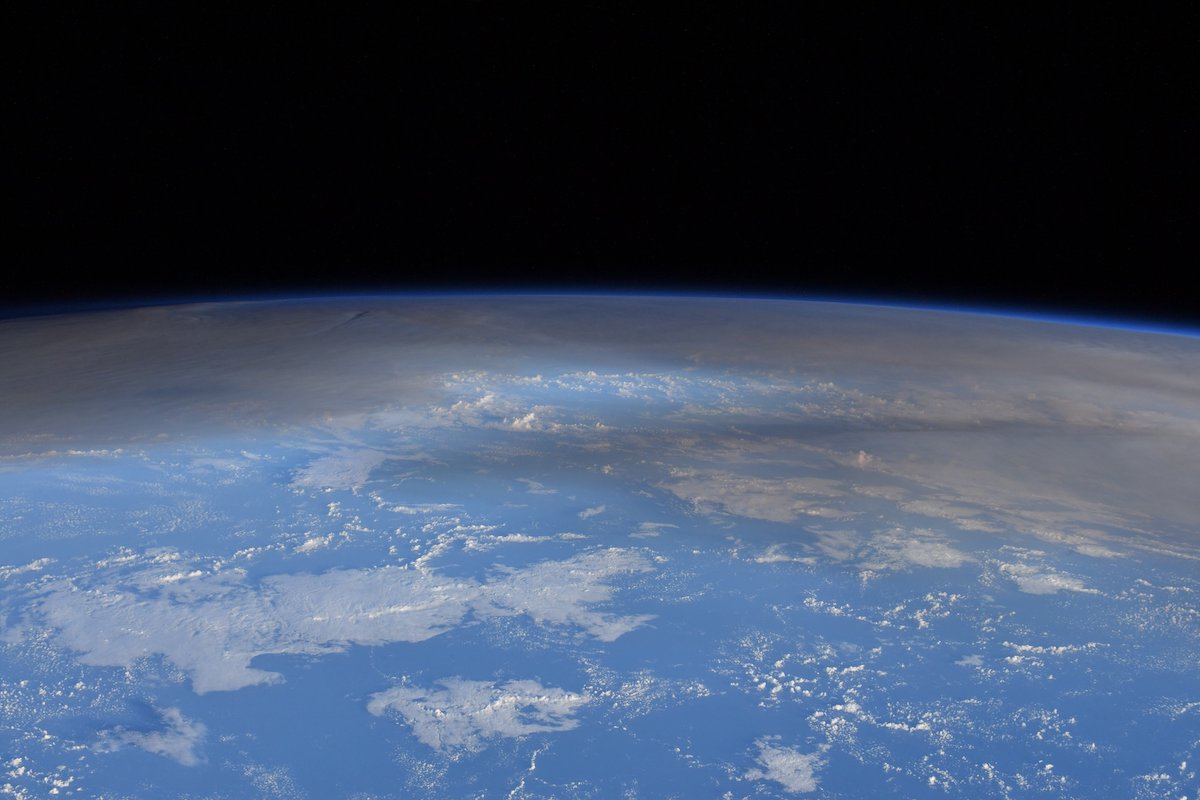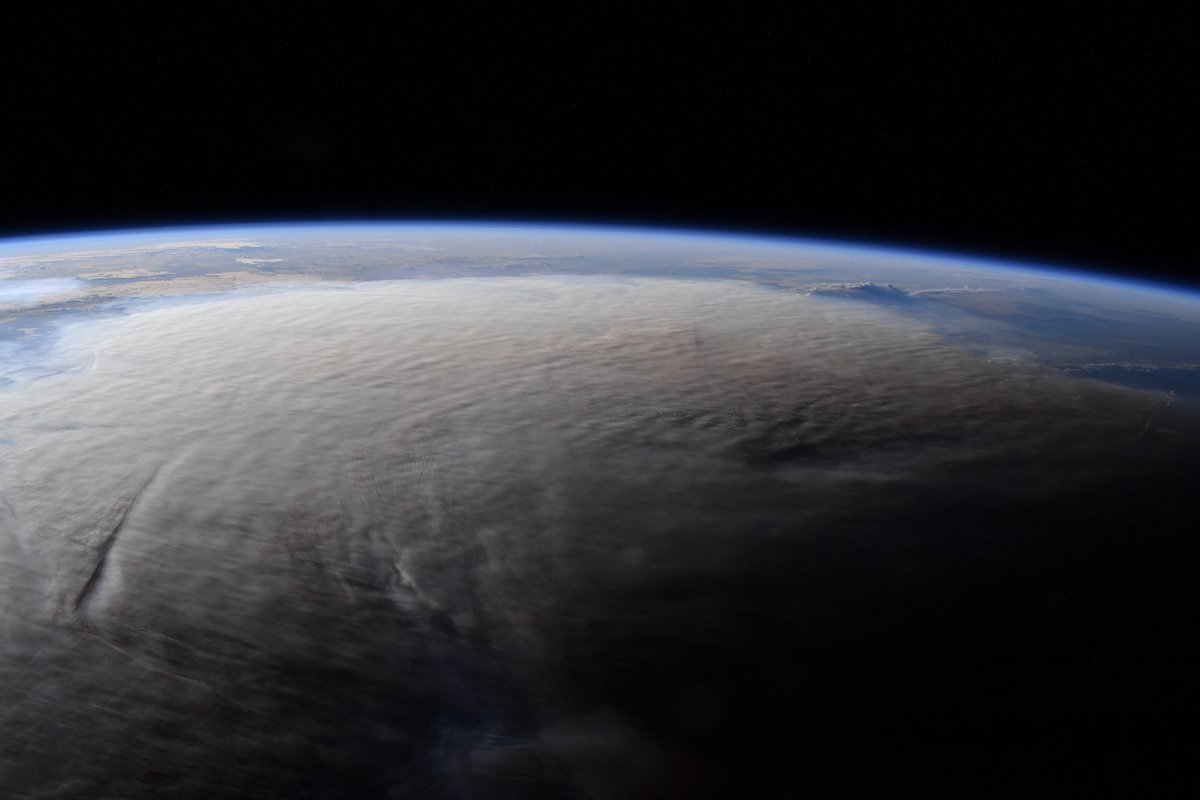Ash from the powerful volcanic eruption near Tonga last Saturday is clearly visible in a series of images taken by an astronaut aboard the International Space Station (ISS).
Shared by NASA in a tweet on Wednesday, the ash is shown in the upper levels of Earth’s atmosphere and appears as a gray cloud over the Pacific. The images were captured by NASA astronaut Kayla Barron the day after the blast as the space station passed over New Zealand at an altitude of around 250 miles.
The eruption destroyed a tiny uninhabited South Pacific island known as Hunga Tonga-Hunga Ha‘apai about 40 miles north of the Tongan capital of Nuku’alofa.
Rescuers are still trying to assess the extent of the damage, which includes flooding from a tsunami caused by the blast, and ash that fell onto Tongan islands. Casualty numbers aren’t yet clear.
“Several Earth-observing satellites collected data during and after the eruption,” NASA said on its website. “Scientists affiliated with NASA’s Disasters program are now gathering imagery and data, and they are sharing it with colleagues around the world, including disaster response agencies.”
Additional imagery (below) captured by a satellite shows the incredible force of Saturday’s eruption.
“A vast plume of material created what volcanologists call an umbrella cloud with crescent-shaped bow shock waves and a vast number of lightning strikes,” NASA said, adding that the cloud was about 300 miles (500 km) across at its maximum extent.
The powerful blast sent volcanic material into the stratosphere, which generally begins above 9 miles (15 km) in that part of the world (the distance decreases the nearer the poles you get).
During & after the eruption of an undersea volcano in the island nation of Tonga, @NASA & @NOAA satellites captured images of the plume and subsequent damage. These data help us understand the aftermath of the eruption on the ground and in the atmosphere.https://t.co/9J0ZbHcjZf pic.twitter.com/a7wzsdEzHP
— NASA Earth (@NASAEarth) January 19, 2022
Volcanic material that reaches this relatively dry layer of the atmosphere usually remains in the air for much longer and travels greater distances than ash in the lower, wetter troposphere, NASA said, adding that “if enough volcanic material reaches the stratosphere, it can start to exert a cooling influence on global temperatures.”
While astronauts aboard the space station are usually treated to Earth views of stunning beauty, phenomena such as volcanic eruptions and hurricanes also make for striking imagery when captured from above.
NASA astronaut Chris Cassidy, for example, captured some striking images (below) of Hurricane Laura, a devastating storm that ripped across parts of the southern U.S. in August 2020.
Views of Hurricane Laura taken from @Space_Station today. Stay safe everyone. pic.twitter.com/KwVvRLA15m
— Chris Cassidy (@Astro_SEAL) August 26, 2020





